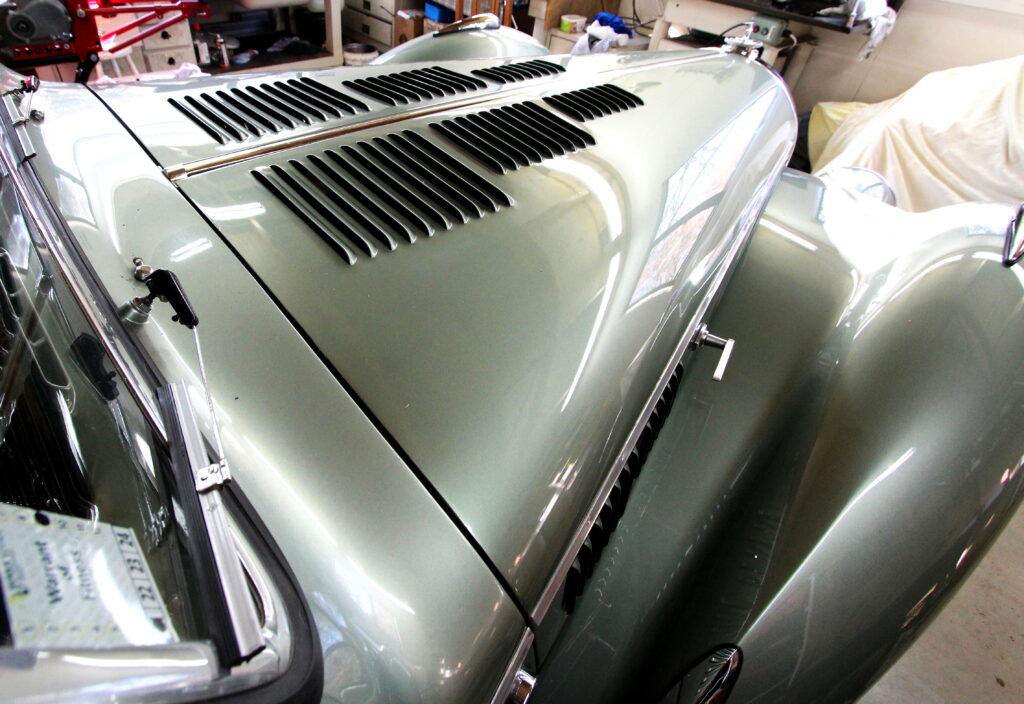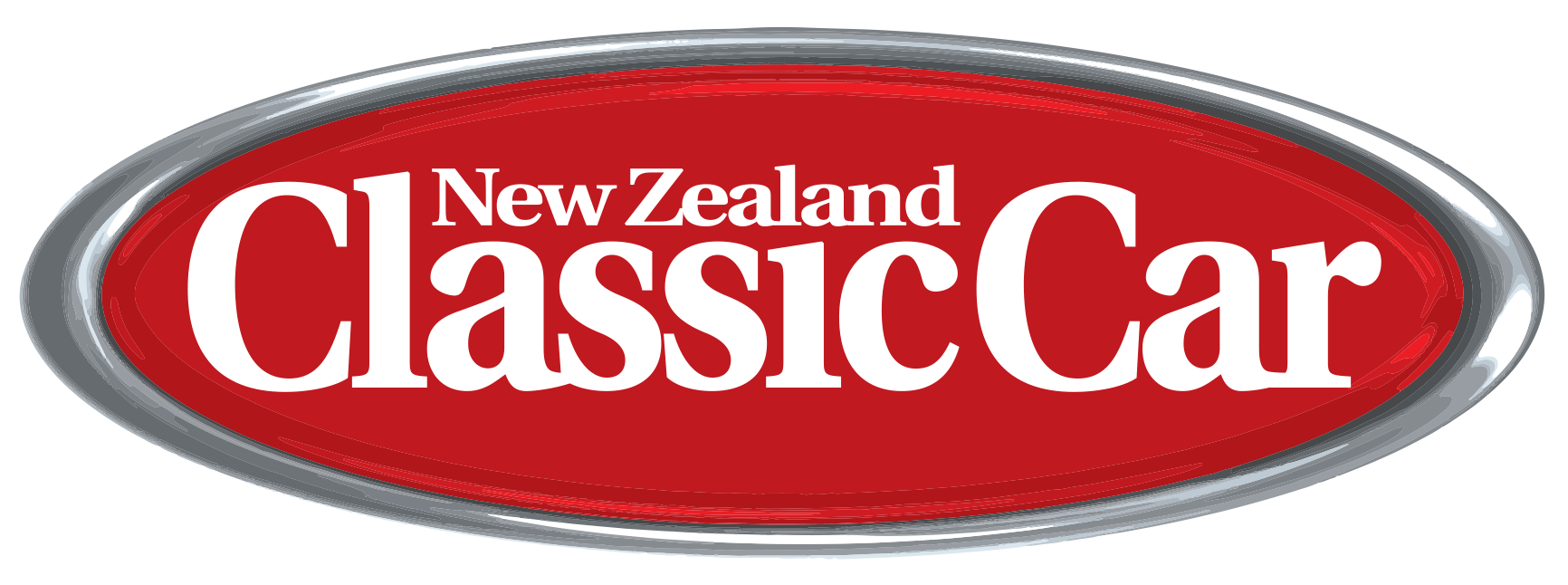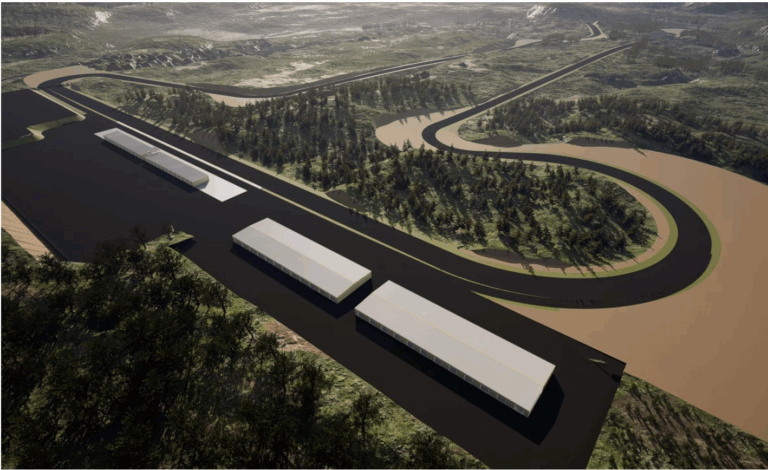The name Talbot-Lago conjures up a vision of the Grand Tour, wafting across Europe cosseted in luxurious comfort and travelling at speed, the automotive equivalent of the Orient Express. It is evocative of a special period in French motoring history for its most discerning clientele
By Quinton Taylor,
Photography: Quinton Taylor and Mike Hishon

Following World War II, most French coachbuilders were still making cars the traditional way. Only the bold and always avant-garde Citroën was venturing down the new Budd unitary body path.
Talbot-Lago sought distinction through performance, claiming a reputation as the fastest road cars in Europe. It secured custom among the European elite wanting the best of all possible worlds on their continental tours. Certainly, some of the pre-war cars revealed customers’ taste for the exotic and the dramatic, the teardrop creations of designer Georges Paulin for Carrosserie Marcel Pourtout and Figoni & Falasch on the T-150 chassis being prime examples.
In 1946, the company added a new twin overhead camshaft cylinder head to its 4483 cc inline six-cylinder engine, which went into the Talbot Lago Record (1946–1952) and the Talbot Grand Sport 26CV (1947–1954) to compete in the top rank of large luxury cars.
The Talbot Lago Record T26 had a claimed power output of 170 hp and a claimed top speed of 170 km/h (105 mph). Usually a four-door sedan, a two-door cabriolet was also offered.
The Talbot-Lago T26 models were often considered the best-built of French sedans. From 1947 to 1955, the Talbot-Lago factory at Suresnes in Paris produced a number of sedans and coupés, their bodies made in-factory instead of being farmed out to coachbuilders as rolling chassis, in accordance with usual practice, although this was still a common option. Only a few hundred were made, making them a rare car by any measure. Naturally, few made it to the southern hemisphere, apart from the odd one or two coming ashore for restoration.
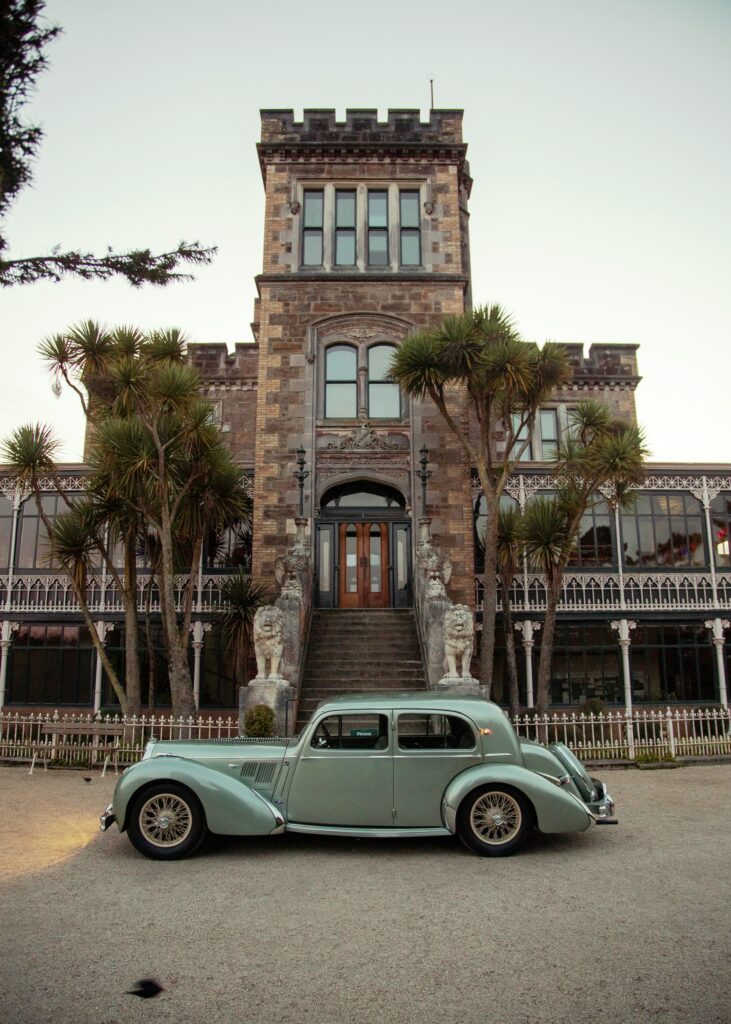
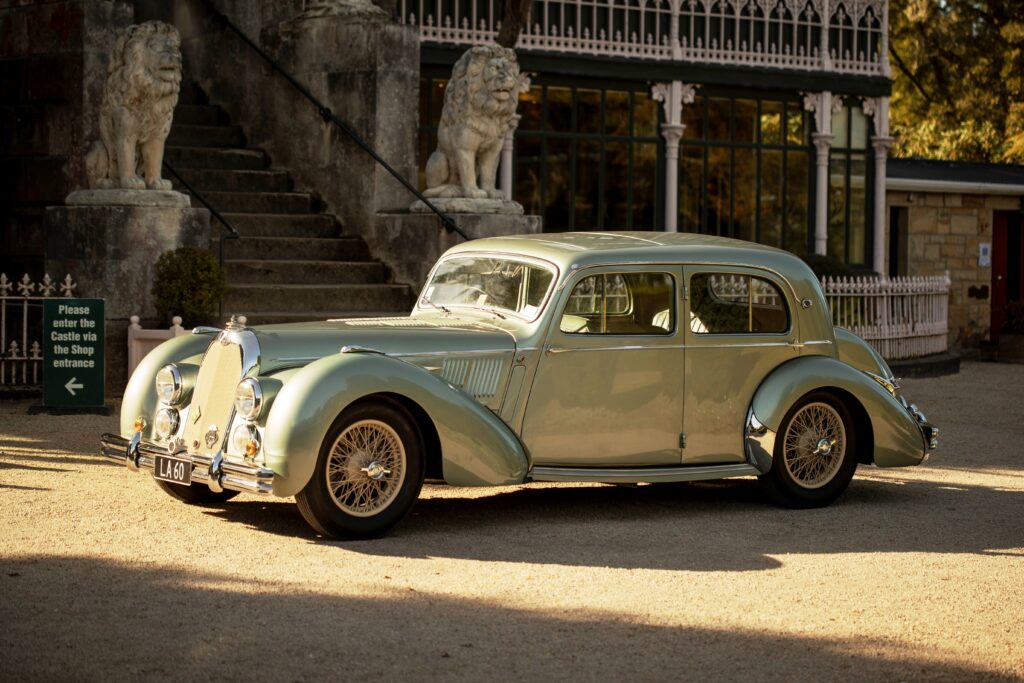
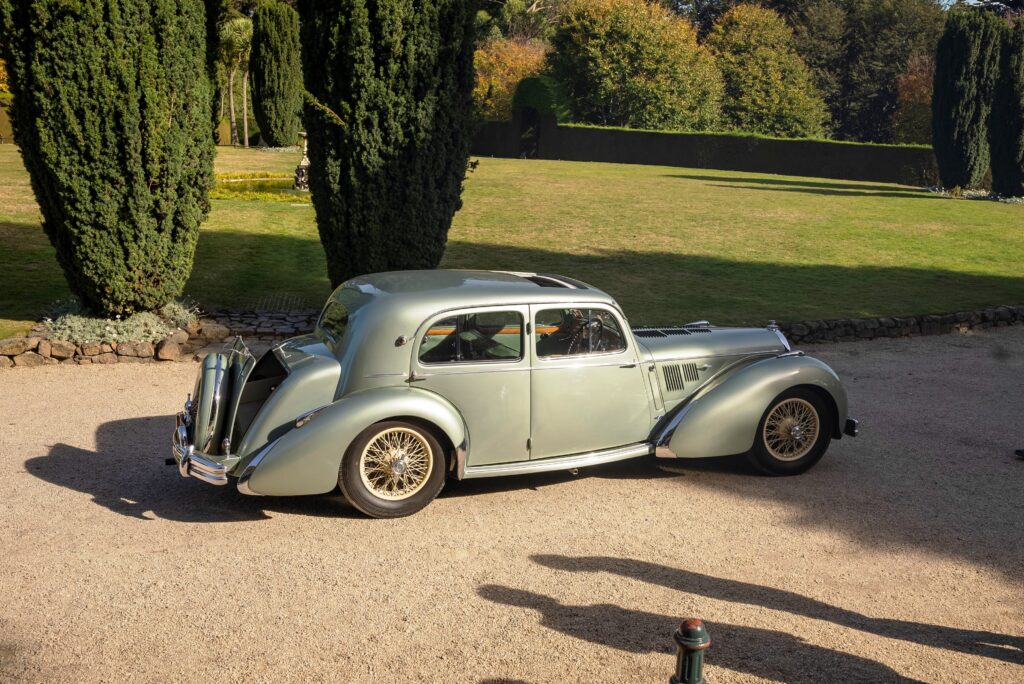
A mammoth task
Sitting in Paddy and Patsy Williams’ Dunedin garage is a stunning example of one of these rare French grand routier sedans. It is a 1949 four-door Lago-Record Factory Berline sedan, to give its full name. Daughter Cath let us know how proud she was of her dad, who had been tinkering away in his garage on this car for so many years.
Without exaggeration, it has been a mammoth task. I first saw this Talbot-Lago in mid-2019. The long-nosed, sweeping, curved four-door saloon, clothed in its misty green metallic paint, was quite breathtaking. There’s more than a little English influence in it, too, harking back to company owner Tony Lago’s involvement in the Clement-Talbot-Darracq era. The long front wings and bonnet, usually multi-louvred, highlighted with artful touches of chrome bling, are typical of the era, but these were indeed luxury length. Interiors provided leather-clad, armchair-style seating and ample legroom, with touches of wood and surprising details such as dainty childproof interior locks — a far cry from today’s lozenge boxes.
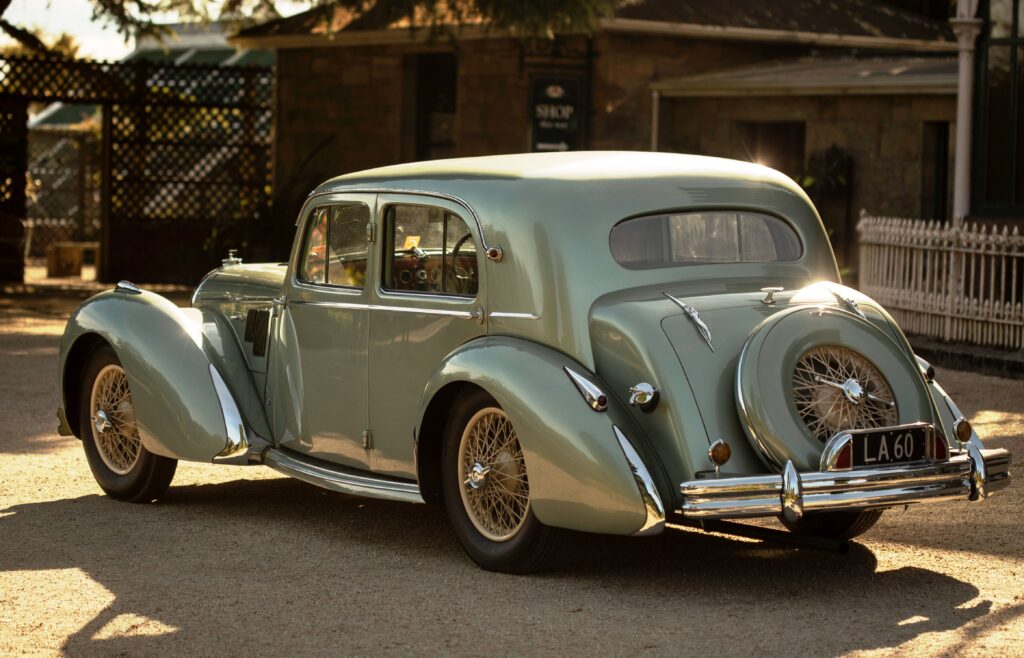

TALBOT-LAGO
A little bit English, a little bit French
In the early days of the motor industry, the amalgamation of English and continental companies was not unusual.
One of those was Automobiles Talbot, a mix of French and English companies, which included Sunbeam, Talbot, and Darracq. The real star of Kenneth Moore’s film Genevieve was an early Darracq, taking part in the London to Brighton annual vintage car run.
However, this amalgam was not a happy one. It resulted in French and British versions of the same Talbot car models, which contributed to financial problems that culminated in the company’s collapse in 1935. In the ensuing settlement of affairs, the Rootes Group took over the Sunbeam and British Talbot names and the former general manager for the group, Tony Lago, took over the French Talbot — formerly Darracq — side of the business.
Lago was a competent engineer and, now in charge of his own automobile company, he set to work designing a high-performance engine for his existing models. The new engine used a high block-mounted camshaft similar to the BMW 328 of the day. It developed a reputation for reliability and performance. Lago’s engineering focus led to fully independent front suspension and a Wilson preselector gearbox on the higher specification engines. Lago had been an executive of Wilson gearbox and still collected a royalty for each gearbox sold. He also offered chassis minus bodywork to the coachbuilders of Paris, and this successful, traditional trade saw many build their bodies using Talbot-Lago chassis.
Following World War II, Lago revised the engine, using twin high-mounted camshafts in the block, seven main crankshaft bearings, and an increase of capacity to 4.5 litres. On performance models, he also offered an aluminium cylinder head in place of the usual cast iron item. It was a particularly smooth and reliable engine, which performed well on the road and the racetrack.
Like many French manufacturers, Talbot-Lago struggled to compete with other countries’ models and times were changing. By 1959, the financial situation of Talbot-Lago was such that the business was put up for sale. Talbot became part of the Simca group, which would eventually become part of Chrysler.

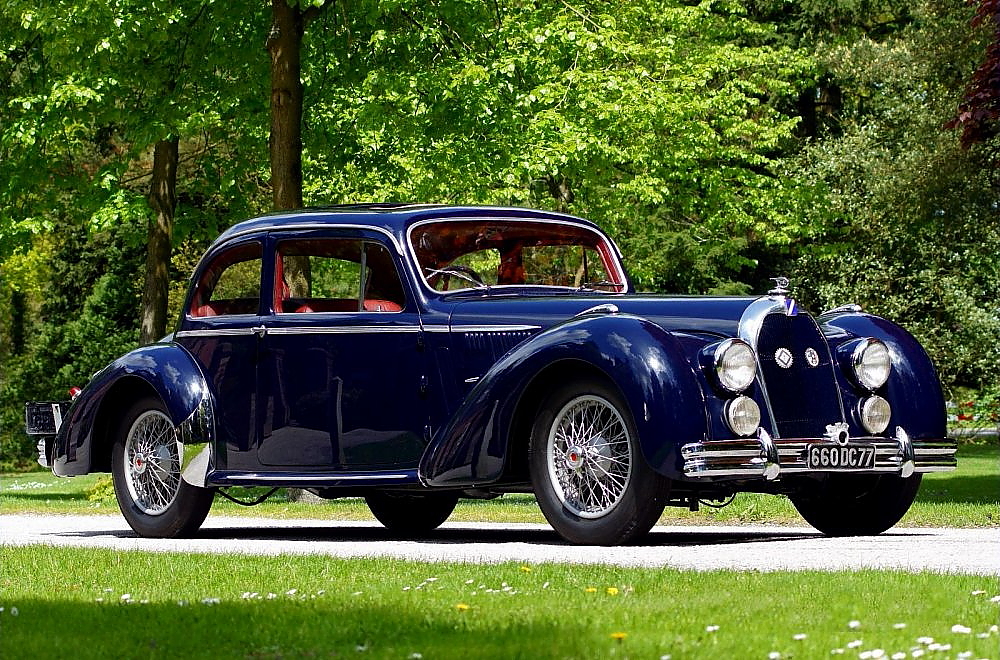
A lot of help
Paddy, a retired civil and structural engineer, knows his way around a lathe. He has a well-equipped garage-workshop to assist in any machining tasks along with his other passion for restoring classic motorcycles. Many people have been involved with the car during its restoration. Some provided little surprises for Paddy along the way, helping out with either the host of parts that needed to be fabricated or advice.
“There were so many people over the years that I can’t remember all their names. Some provided bits and pieces and helped me with things, and some wouldn’t accept anything for it. I insisted, but they wouldn’t take anything.”
The car was purchased back in the 1970s. In 1983, Paddy thought it was about time he made the car legal for the road, and he registered it on 21 January of that year, but it would be some years before the maiden road trip would take place.
Gary Morton in Christchurch brought the amazing flowing lines of the bodywork up to scratch and applied the attractive shade of light metallic green paint. A Tauranga boatbuilder provided a complete wood reframe of the bodywork in kauri.
“Gary was very reluctant to do the bodywork at first, but eventually agreed,” says Paddy. “He’s done an amazing job. Some of the metal panels had to be replaced, and the rear seats are still the original green leather. There was a lot of re-chroming to do as well, and it’s hard finding a good chrome plater to do it as I wanted it done.
“The front seats had some splits, and that was redone by Patrick O’Neil of Williams Upholstery — no connection with me. Pat did a lot of work early on. Gary McInnes did a lot of electrical work and made a really good job of it.”
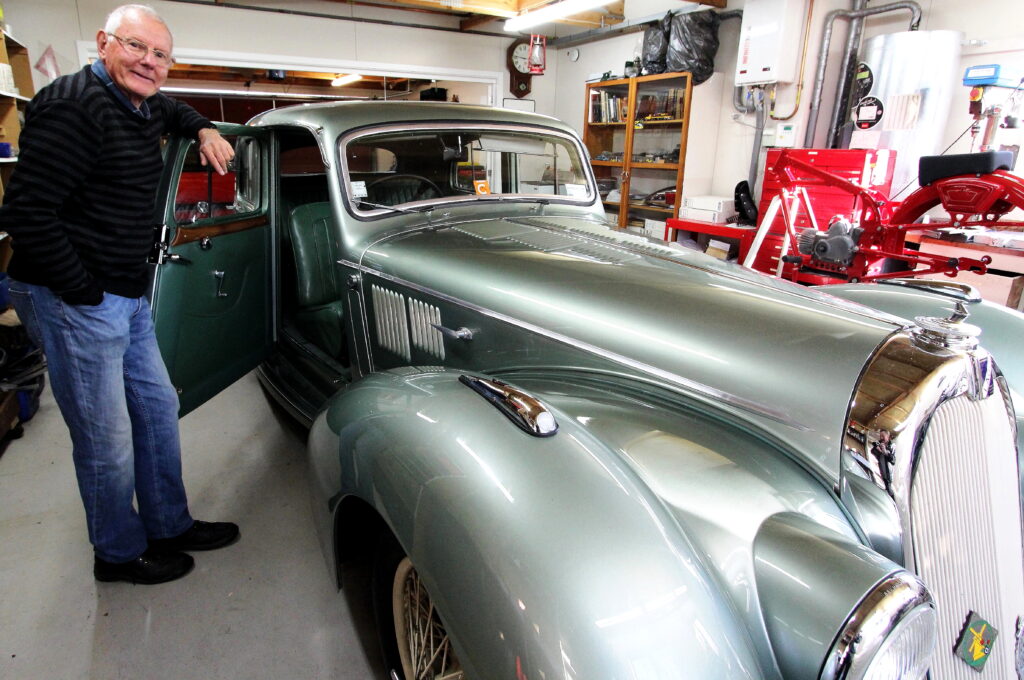
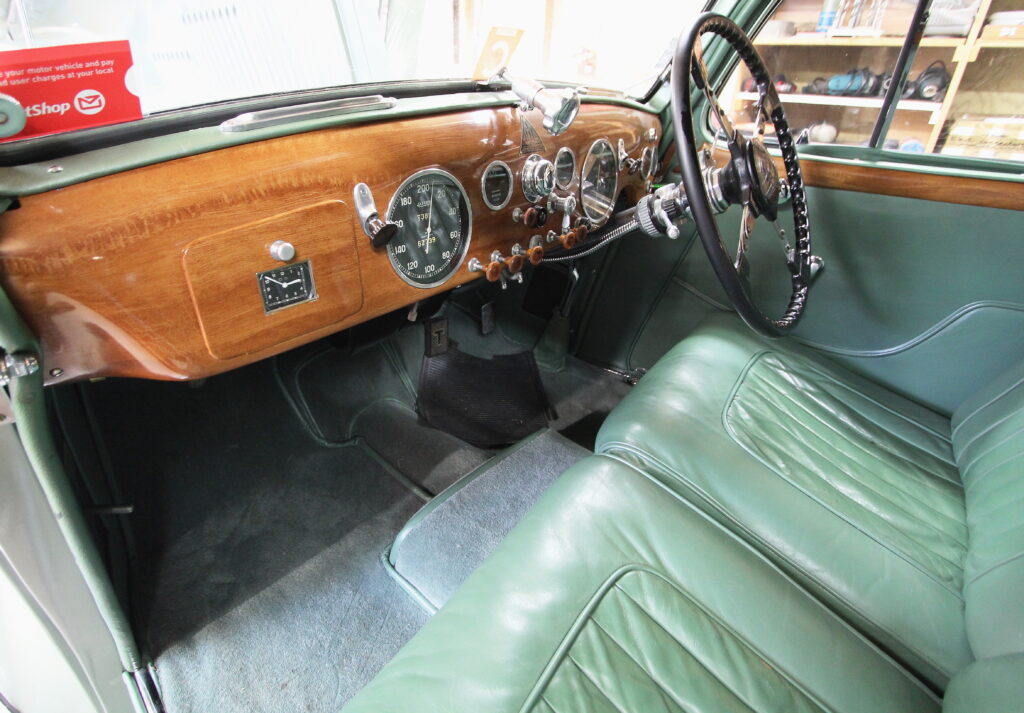
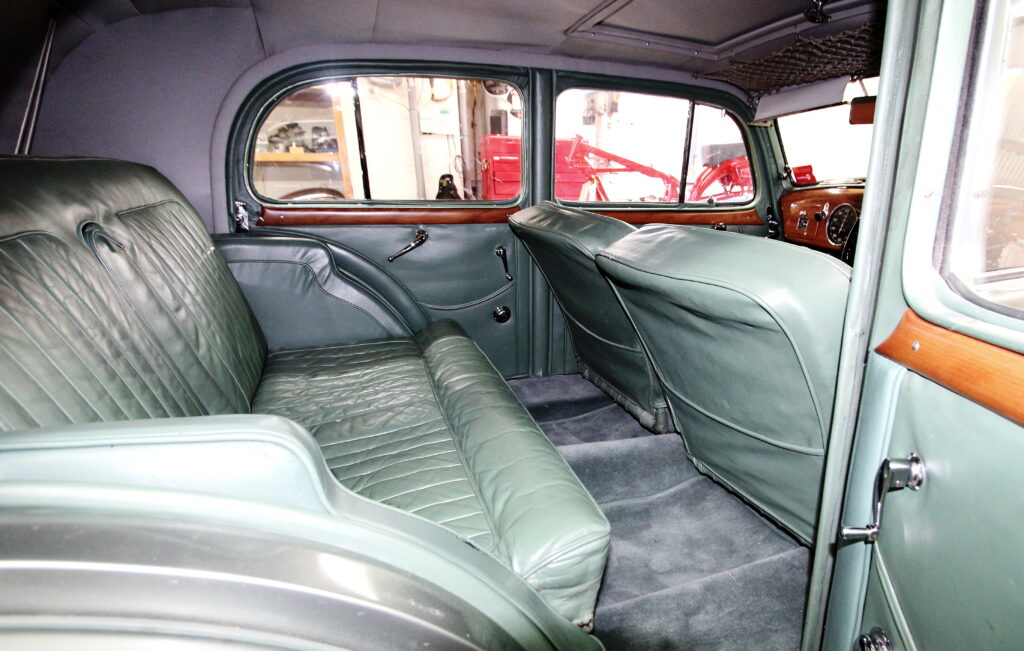

The gearbox was a good buy
A number of people who worked on the car have since passed on to the workshop in the sky.
“A friend of mine, David Mills, now no longer alive, did a lot of work on it, and the engine was done by Tom Garret, also deceased. Tom was a very good motor mechanic in Dunedin, and I think the Talbot-Lago was the last job he did. There was nothing very serious with the engine. It was in very good order, but things like the oilways were clogged — little things like that. New piston rings were fitted, but the bearings were fine, and Tom checked everything mechanical on it. It makes about 170bhp, and it gets along very well. How it drags itself up a hill is very impressive.”
A fault with the now very rare gearbox helped Paddy negotiate a good purchase price.
“A band was broken in the Wilson preselector gearbox, and we ended up making another three new bands for the gearbox. I renewed all the linings, too. Wilson boxes were always used as Tony Lago was manager or managing director of Wilson gearboxes at one time. He kept Wilson boxes for all of those cars for the whole time he was making them.”
Paddy repaired the gearbox himself.
“I built the gearbox up, and it was a bit concerning when I came to use it, but it seems to work well. I had an incredible job getting people to come around and work on it. That’s why I did the gearbox. It happened to five different things I was working on. They wouldn’t turn up; it was so annoying.”
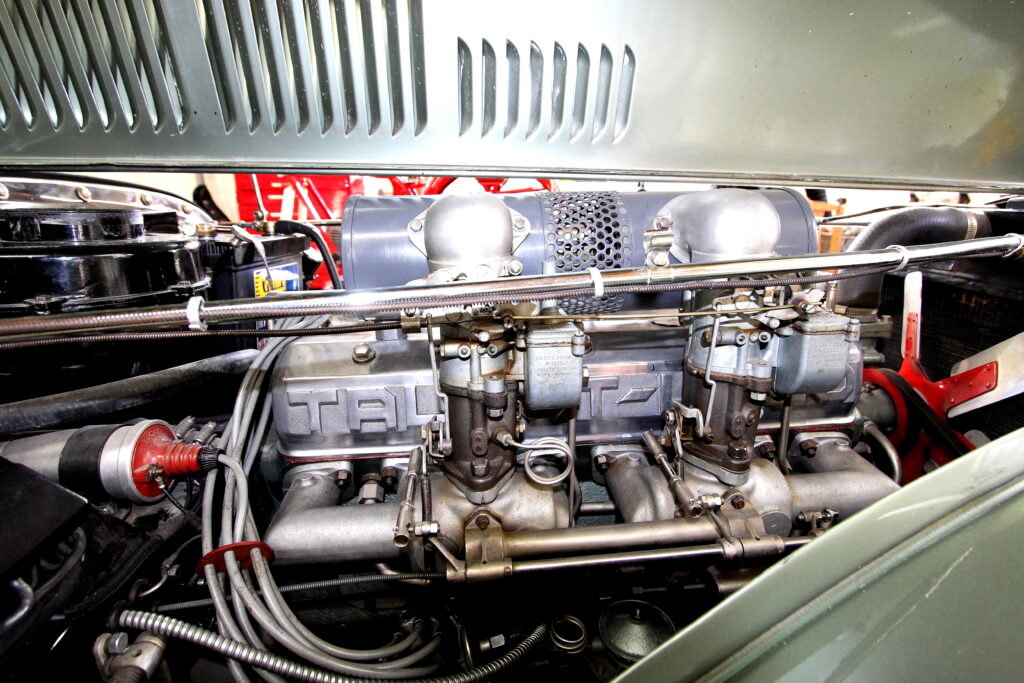
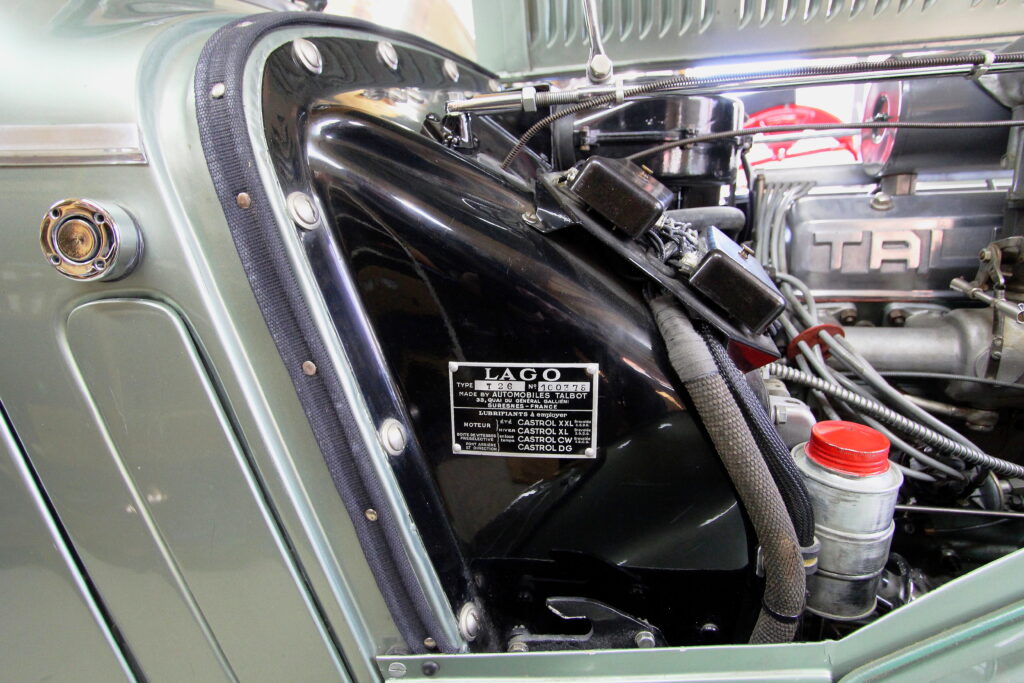
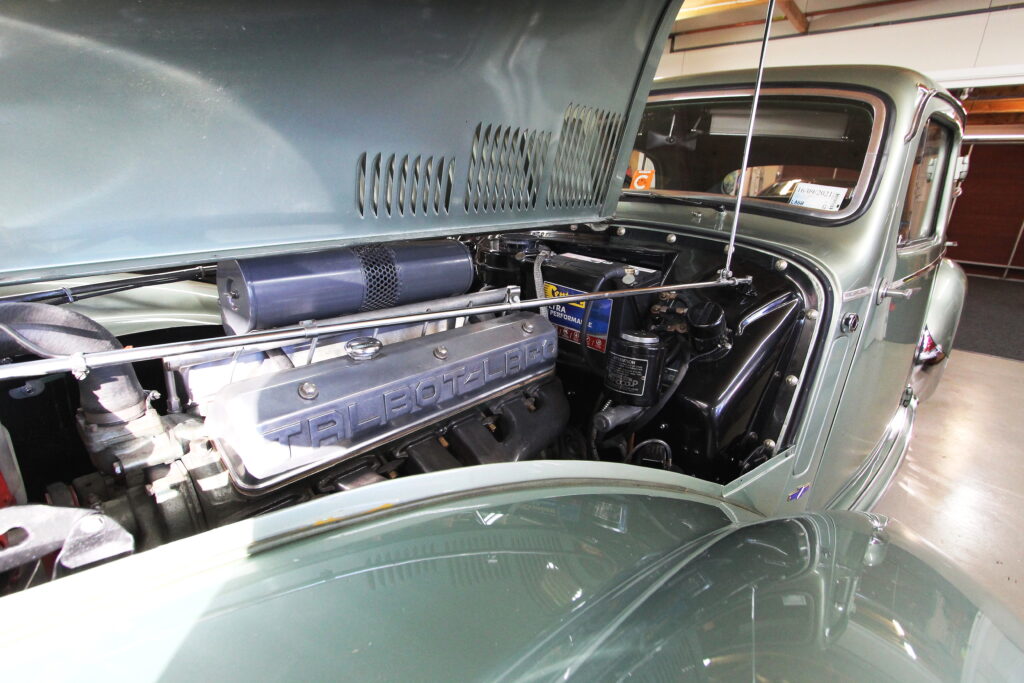
Racing improves the breed
Just how versatile the new double-overhead camshaft engine was, when mated to the car’s proven chassis, became clear when the company ventured into Grand Prix racing. It achieved success with modified versions of its smooth, unsupercharged 4.5-litre six in the T26C model, which also had the four-speed Wilson pre-selector gearbox.
On its debut at the Monaco Grand Prix in 1948, it finished second with Louis Chiron at the wheel. A year later, Louis Rosier triumphed at the Belgian Grad Prix and Chiron went one better than on debut, winning the French Grands Prix. In 1950 a two-seater version was driven to victory at Le Mans by Louis and Jean-Louis Rosier. Success was not confined to Europe. Doug Whiteford won the Australian Grand Prix in 1952 and 1953 in a T26C.The T26 chassis also found favour among contenders in endurance events for its reliability and performance.
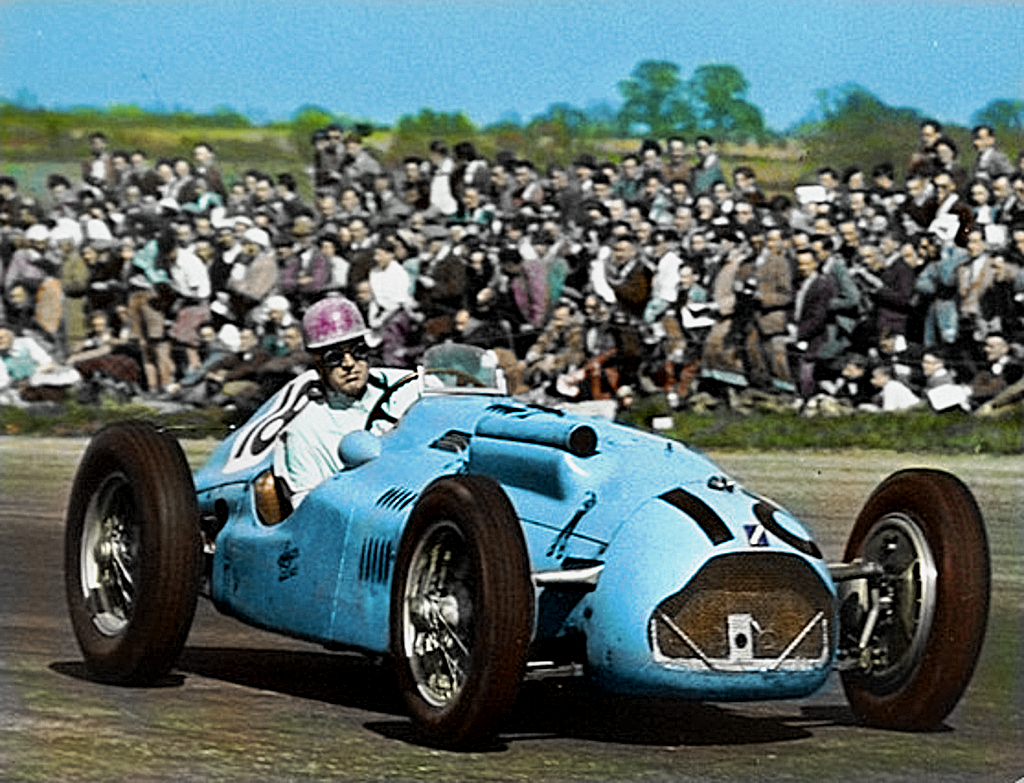

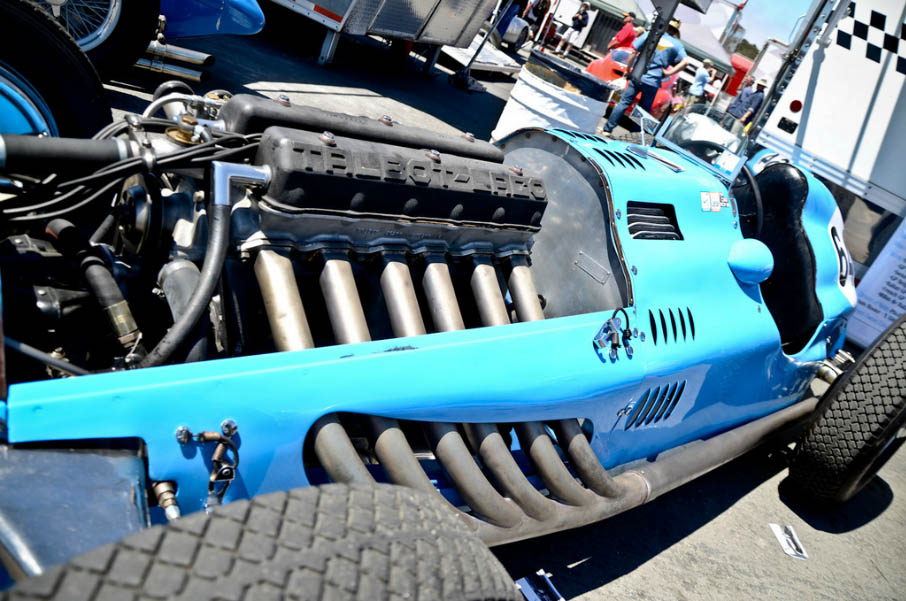
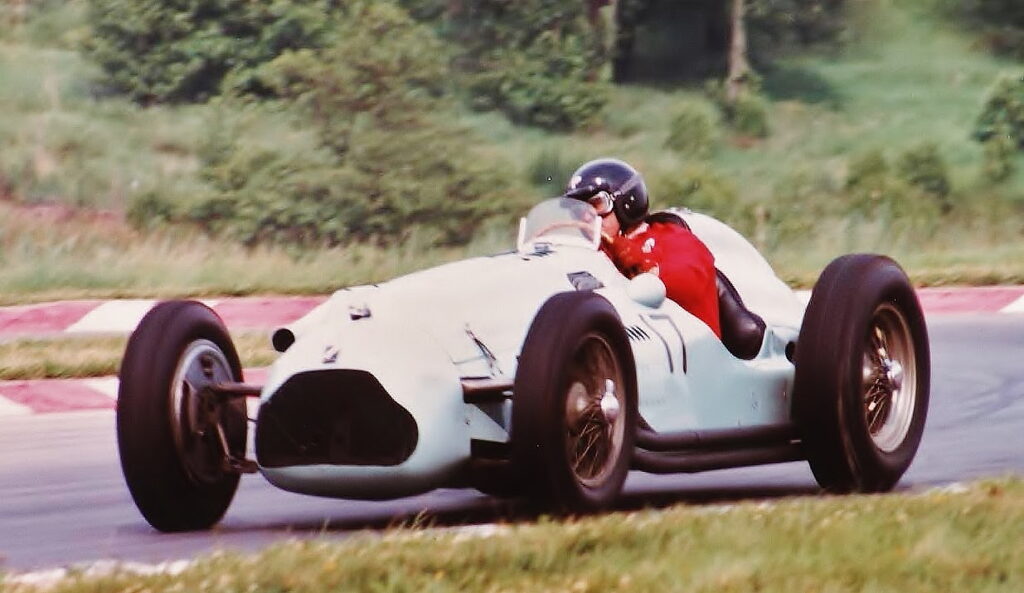
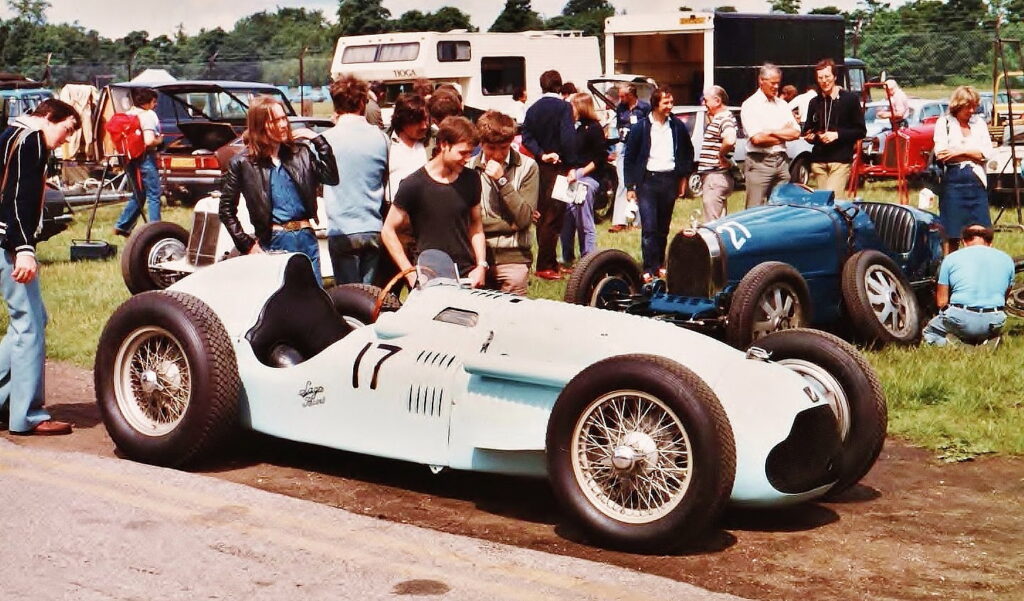
Not all parts are rare
During the restoration, Paddy had a multitude of parts to repair or replace, although the Talbot-Lago does use some regular items, which made it a little easier to source parts.
“The standard headlights are Peugeot 403 units.”
A number of door handles and window winders were broken, and Paddy had new ones made by a local manufacturer.
“He did a magnificent job. They are all made of brass. It was a slow business getting them plated but the plating is good. Getting a good metal polisher is hard.”
Local businesses worked on the car to get it through the final stages of the restoration. Now that the job is finally completed, Paddy is very satisfied with what he has achieved.
“Paul Bouman and then Rob Douglas completed the final work on it, and it ended up a better car for that work being done.”
It’s always good to be able to track the history of a car as rare as this one is.
The papers in Paddy’s possession show it was a 1948 factory build. It was transported to Amsterdam, where it was sold on 14 December 1948, by Ets Cobar, a Dutch car dealer.
“Where it went from there, I don’t know. It arrived in New Zealand about 1956, I think,” Paddy says.
On 29 December 1956, the car was registered to Mrs Gerarda Maris-McArthur, who was employed at the laboratory of the City Engineer’s department of the Wellington City Corporation. Another owner was a Christopher Treahy of Khandallah, who owned the car for a few months before it went to DW Wild Motors in Christchurch.
“It had about six owners before I got hold of it,” Paddy says.
When he bought the car, it was a slightly greyer shade of green than it is now.
“The colour is Evergreen Frost, which was a Ford Canada colour. It’s similar to a colour used for Aston Martins. It’s the right colour for it and it looks good. I wanted to get a colour which was reasonably close to the colour of the seats. It’s hard to believe I’ve actually finished it after all these years!”


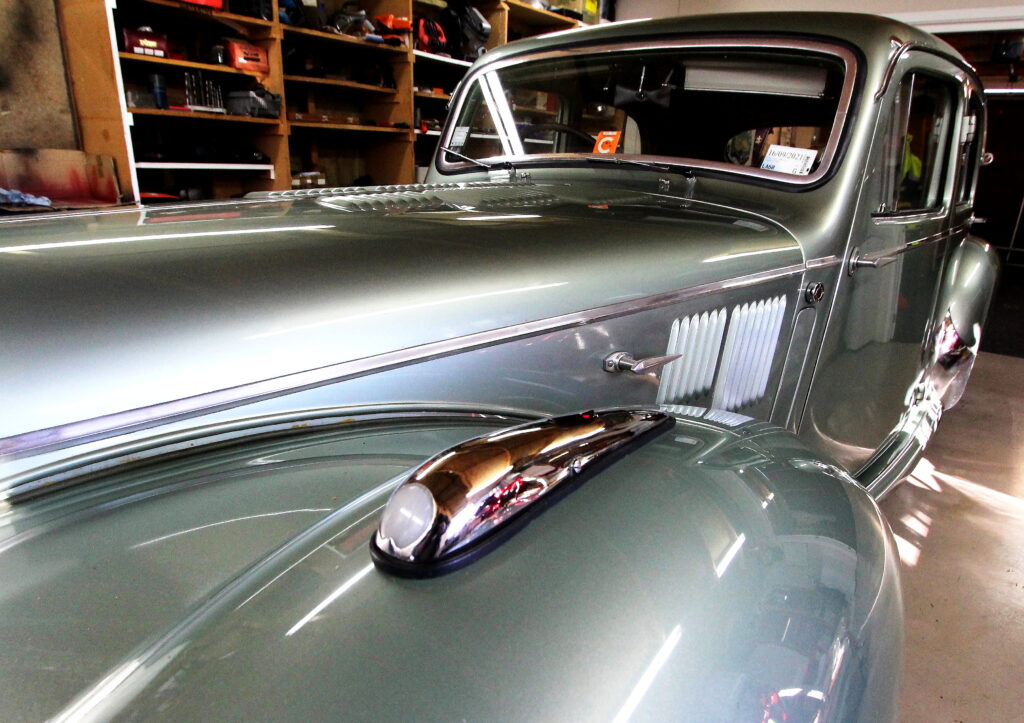
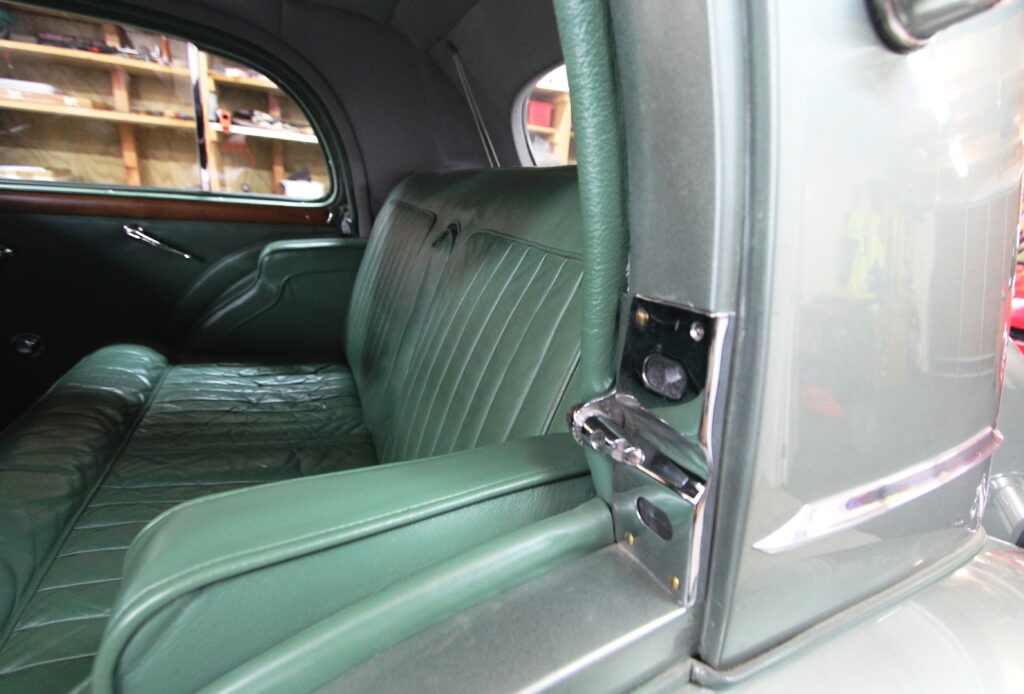
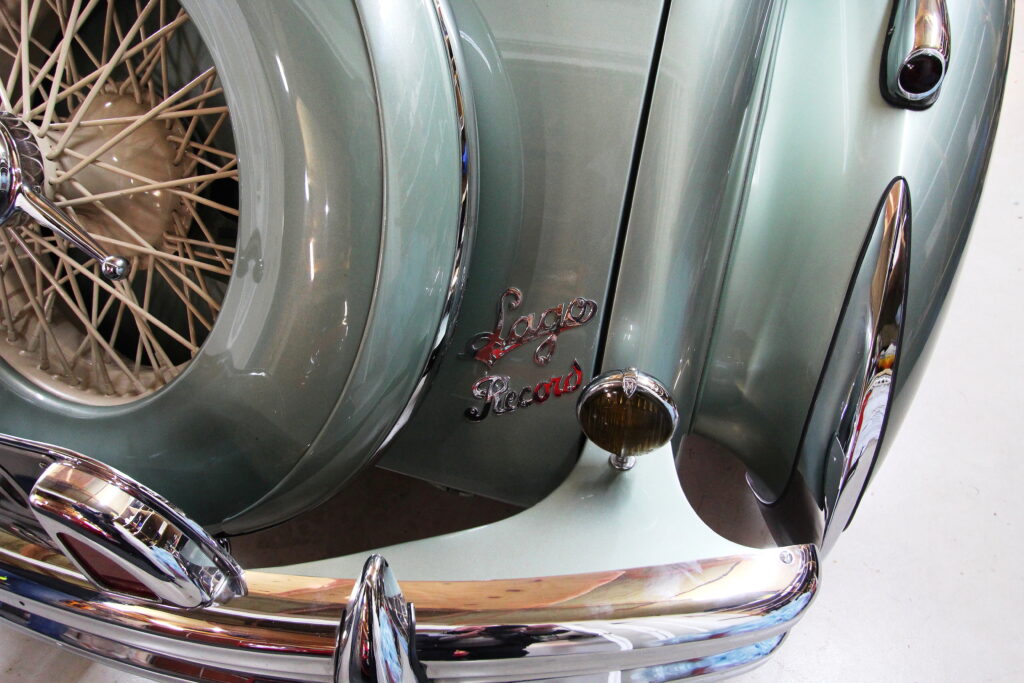
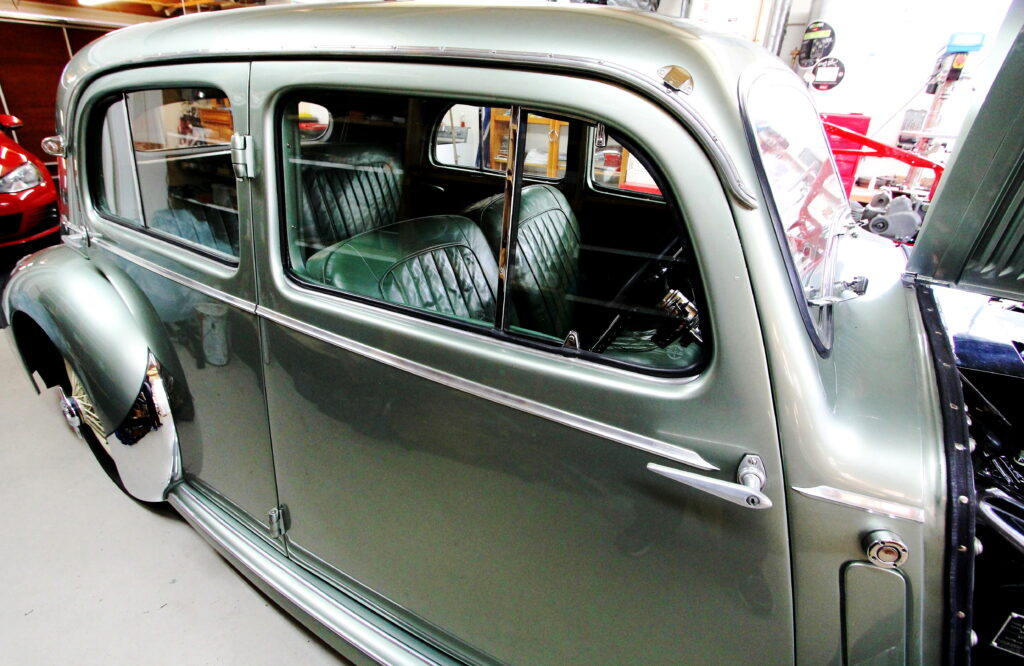
TALBOT-LAGO, T26, LAGO-RECORD, FACTORY BERLINE 1949
Engine: In-line six-cylinder, front-mounted, 4.5-litre, cast iron block with twin camshafts high mounted in the block and two pushrod-operated overhead valves per cylinder; seven main bearings 7.0:1, compression ratio, cast iron cylinder head (aluminium head in coupés and sport chassis engines)
Bore x stroke: 4482cc (273.5cu in), 3.7in (93.0mm) X 4.3in (110mm)
Fuel system: Twin downdraught single-choke Zenith carburettors
Power: 170bhp (126.8kW) @ 4200rpm
Torque: 240 ft·lb (325Nm) @ 2800rpm
Gearbox: Wilson four-speed, preselector box with column-mounted preselector quadrant
Suspension: Independent front with coil springs and stabiliser, rigid rear axle with semi-elliptic leaf springs
Steering: Worm and nut
Brakes: Hydraulic drum – all round
Wheels: 3.62 x 18in Rudge wire wheels and knock off hubs
Production: 1947–1955, 750 cars
Weight: 4000Ibs (1814.4kg)
Length: 196.0in (4978mm)
Width: 69.0in (1753mm)
Wheelbase: 113.0in (2870mm)
Front track: 55.9in (1420mm)
Rear track: 58.5in (1486mm)
Bodywork: Steel and aluminium panels over an ash frame — feature T26 had a complete reframe in kauri
Performance: 105mph (168.9kph), 6–11mpg (39.2 –21.3L/100km)
